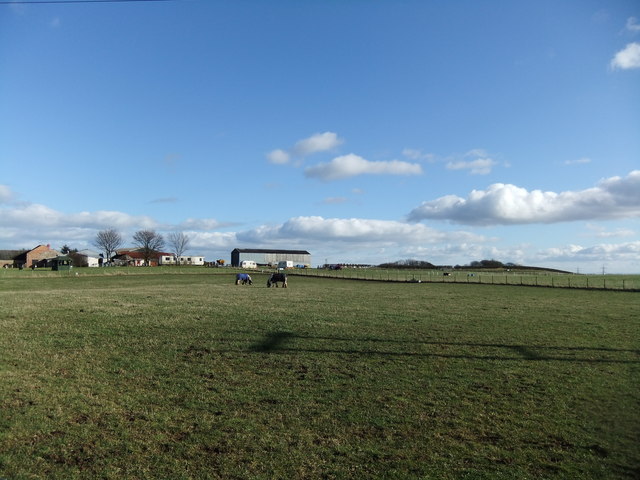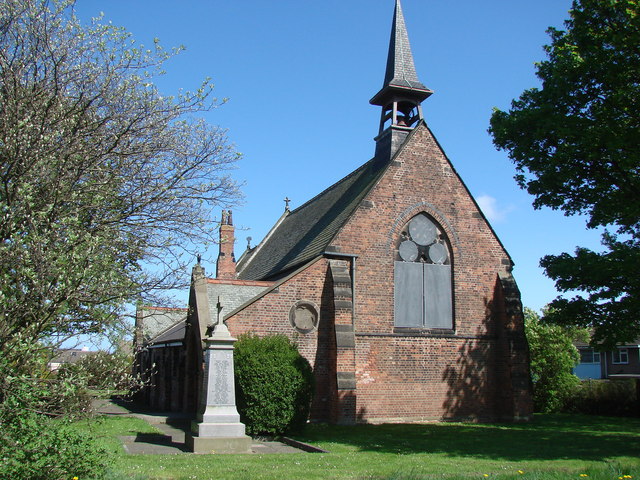Brown's Plantation
Wood, Forest in Durham
England
Brown's Plantation

Brown's Plantation, located in Durham, is a picturesque wooded area known for its lush forest and serene ambiance. Spanning over a considerable area, this plantation is a popular destination for nature enthusiasts and hikers alike.
The plantation is predominantly covered with a diverse range of trees, including oak, beech, and pine, creating a dense forest canopy that provides a haven for numerous species of wildlife. The woodland floor is carpeted with a variety of plants, including bluebells, wild garlic, and ferns, adding to the natural beauty of the area.
Trails wind their way through the plantation, offering visitors the opportunity to explore the surroundings while immersing themselves in nature. These well-maintained paths cater to different levels of difficulty, from leisurely strolls to more challenging hikes that reward adventurers with breathtaking views.
In addition to its natural splendor, Brown's Plantation also boasts historical significance. It is named after the Brown family, who owned and managed the plantation for generations. The site is said to have served as a timber resource during the industrial revolution, supplying the local area with wood for construction and fuel.
Today, Brown's Plantation is a protected area, managed by the local authorities to preserve its ecological and historical value. Visitors can enjoy the serenity of the woodland, observe a variety of wildlife, and learn about the region's past. With its combination of natural beauty and historical significance, Brown's Plantation remains an enchanting destination for nature lovers and history enthusiasts alike.
If you have any feedback on the listing, please let us know in the comments section below.
Brown's Plantation Images
Images are sourced within 2km of 54.786362/-1.4488062 or Grid Reference NZ3543. Thanks to Geograph Open Source API. All images are credited.




Brown's Plantation is located at Grid Ref: NZ3543 (Lat: 54.786362, Lng: -1.4488062)
Unitary Authority: County Durham
Police Authority: Durham
What 3 Words
///reinstate.mild.tanks. Near Haswell, Co. Durham
Nearby Locations
Related Wikis
Elemore Hall
Elemore Hall is a mid-18th-century country house, now in use as a residential special school, near Pittington, County Durham, England. It is a Grade I...
Dabble Bank
Dabble Bank is a Site of Special Scientific Interest in the County Durham district of County Durham, England. It lies about 1 km west of the village of...
High Haswell
High Haswell is a village in County Durham, in England. It is situated close to Haswell, a few miles to the east of Durham. == External links == Map sources...
Pig Hill
Pig Hill is a Site of Special Scientific Interest in the County Durham district of north-east County Durham, England, situated 1 km south of the village...
Littletown, County Durham
Littletown is a village in the parish of Pittington, County Durham, England. It is situated a few miles to the east of Durham. The village was previously...
Haswell, County Durham
Haswell is a village in County Durham, in England. It is situated 6 miles (9.7 km) east of the city of Durham, 9 miles (14 km) south of the city of Sunderland...
Haswell Plough
Haswell Plough is a village in County Durham, England. It is situated between Durham and Peterlee, south of Haswell. Haswell Plough was first mentioned...
Crime Rigg and Sherburn Hill Quarries
Crime Rigg and Sherburn Hill Quarries is a Site of Special Scientific Interest in County Durham, England. It lies about 1 kilometre (0.6 mi) east of the...
Nearby Amenities
Located within 500m of 54.786362,-1.4488062Have you been to Brown's Plantation?
Leave your review of Brown's Plantation below (or comments, questions and feedback).














